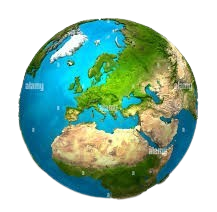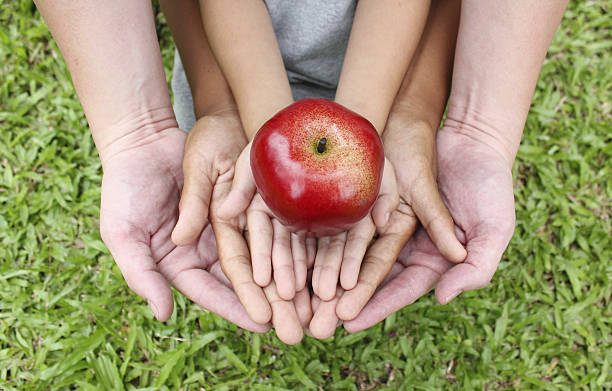Our Planet Needs Climate Action
Understanding climate change is the first step toward creating a sustainable future.

Climate Change
What is climate change? What comes to mind because climate change is very broad.

Climate change refers to long-term shifts in temperatures and weather patterns. Such shifts can be natural, due to changes in the sun’s activity or large volcanic eruptions. But since the 1800s, human activities have been the main driver of climate change, primarily due to the burning of fossil fuels like coal, oil and gas. Burning fossil fuels generates greenhouse gas emissions that act like a blanket wrapped around the Earth, trapping the sun’s heat and raising temperatures. The main greenhouse gases that are causing climate change include carbon dioxide and methane. These come from using gasoline for driving a car or coal for heating a building, for example. Clearing land and cutting down forests can also release carbon dioxide. Agriculture, oil and gas operations are major sources of methane emissions. Energy, industry, transport, buildings, agriculture and land use are among the main sectors causing greenhouse gases.
Watch a Video on YouTubeCauses of Climate Change
Understanding what's driving our changing climate
Fossil Fuels
Burning coal, oil, and natural gas releases carbon dioxide and other greenhouse gases that trap heat in our atmosphere.
Transportation
Cars, trucks, ships, and planes rely heavily on fossil fuels, contributing significantly to global carbon emissions.
Deforestation
Cutting down forests reduces nature's ability to absorb CO2 and releases stored carbon back into the atmosphere.
Agriculture
Livestock production, rice farming, and fertilizer use release methane and nitrous oxide, powerful greenhouse gases.
Carbon Footprint Visualization
Source: IPCC Climate Change 2022 Report
Effects of Climate Change
How our changing climate is impacting the planet
Climate Solutions
Actions we can take to combat climate change
Sustainable Transport
Walk, cycle, use public transport, or switch to electric vehicles to reduce your carbon footprint.
Plant-Based Diet
Reducing meat consumption, especially beef, can significantly lower your carbon footprint.
Energy Efficiency
Use energy-efficient appliances, LED bulbs, and reduce energy consumption at home.
Reduce, Reuse, Recycle
Minimize waste, reuse items, and recycle properly to reduce landfill emissions.
Community Gardens
Start or join a community garden to grow local food and reduce food miles.
Community Solar
Support or start community renewable energy projects to transition away from fossil fuels.
Climate Advocacy
Join or organize climate action groups to advocate for policy changes in your community.
Tree Planting
Participate in or organize tree planting events to increase carbon sequestration.
Renewable Energy
Transitioning to renewable energy sources like solar, wind, and hydropower is crucial for reducing emissions.
Reforestation
Large-scale tree planting and forest protection can help absorb carbon dioxide from the atmosphere.
Clean Technology
Developing and implementing clean technologies in industry, transportation, and agriculture.
Test Your Climate Knowledge
Take our interactive quiz to see how much you know about climate change
Question 1
Which of the following is the main greenhouse gas contributing to climate change?
Question 2
Approximately how much has the global average temperature increased since pre-industrial times?
Question 3
Which of the following is NOT a renewable energy source?
Question 4
What percentage of Earth's surface is covered by oceans?
Question 5
Which of these actions would reduce your carbon footprint the most?
Your Score: 0/5
Complete the quiz to see your results!
Climate Resources
Downloadable materials and additional learning resources
Climate Change Fact Sheet
Key facts and figures about climate change in an easy-to-understand format.
Download PDFClimate Presentation
Ready-to-use presentation slides for school projects or club meetings.
Download PresentationCarbon Footprint Calculator
Worksheet to calculate and track your personal carbon footprint.
Download WorksheetTake Climate Action
Join the movement to combat climate change
Make a Climate Pledge
Commit to specific actions to reduce your carbon footprint.
Upcoming Climate Events
World Environment Day
Global celebration and awareness day for environmental protection.
Global Climate Strike
Join millions worldwide demanding climate action from leaders.
International Day of Climate Action
Coordinated global actions to raise awareness about climate change.


.jpeg)

